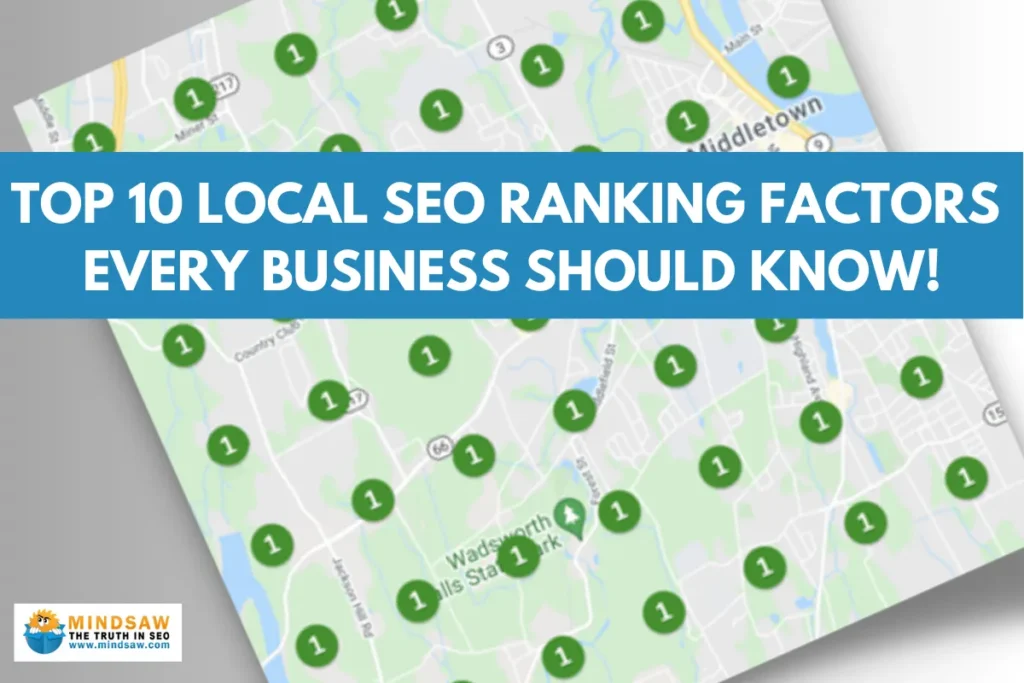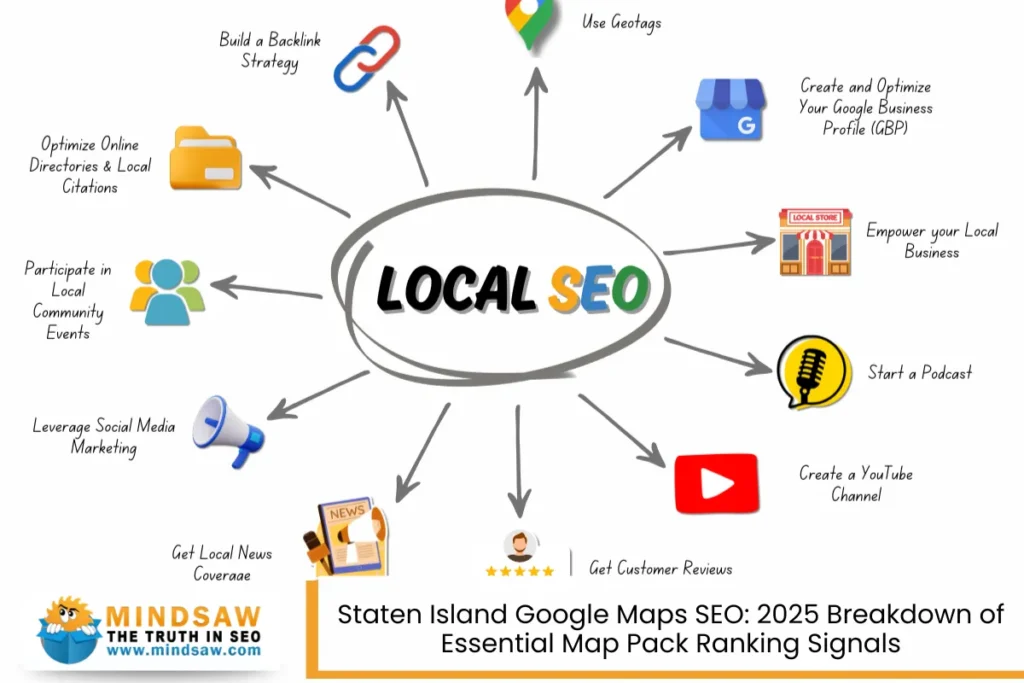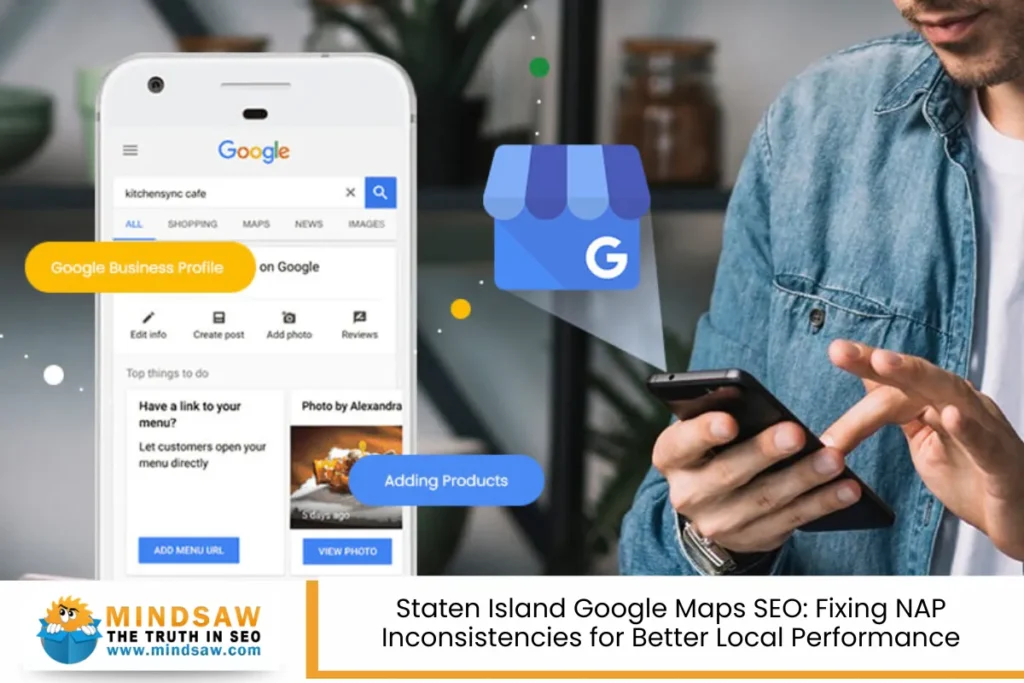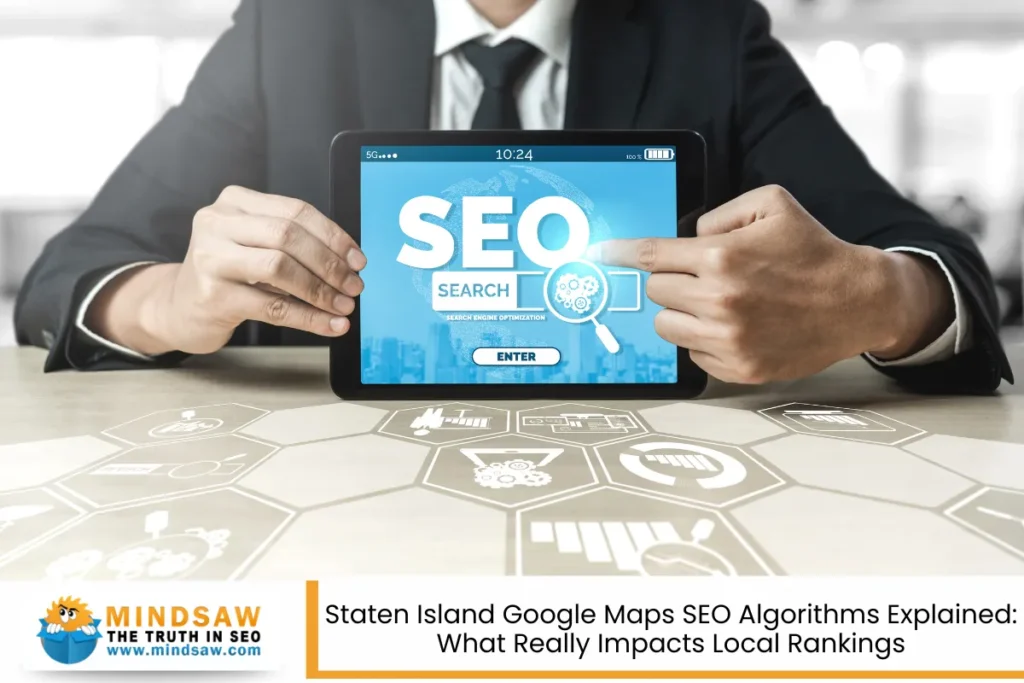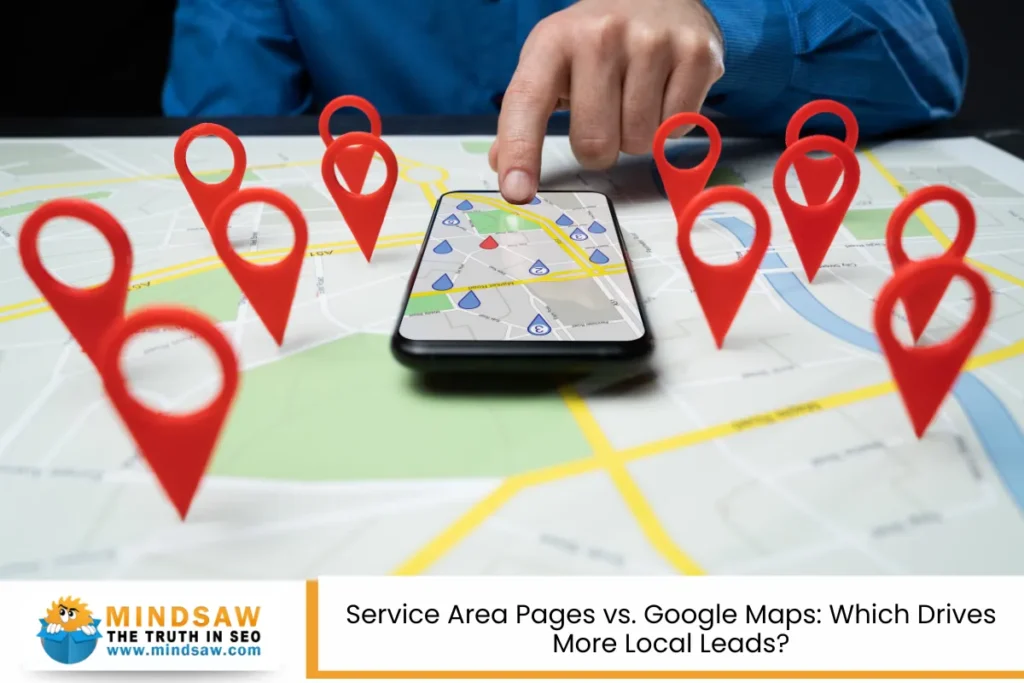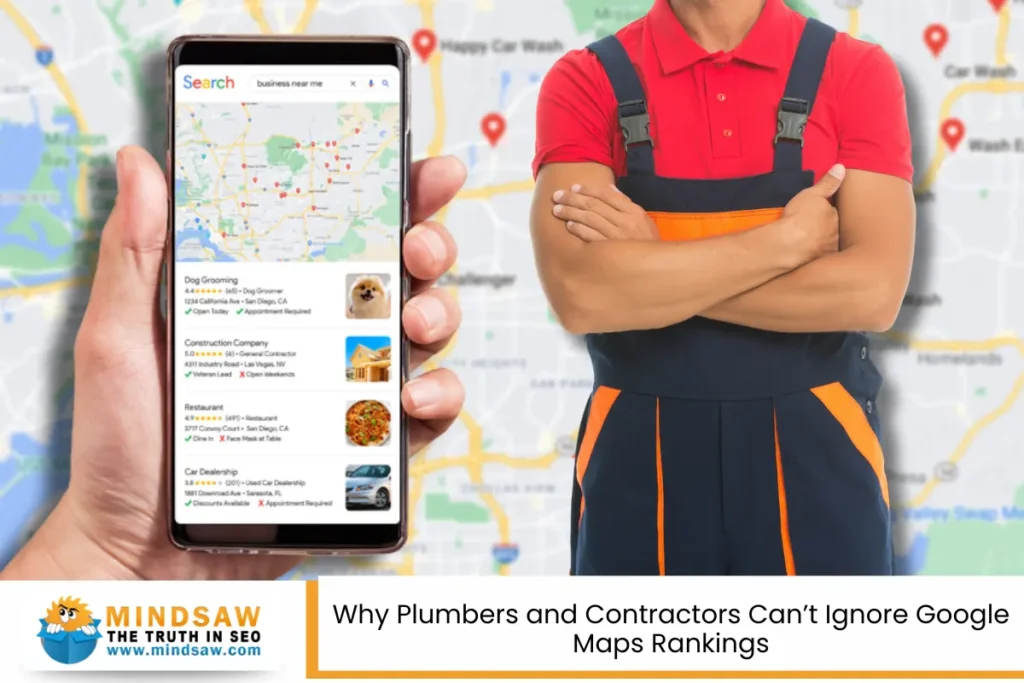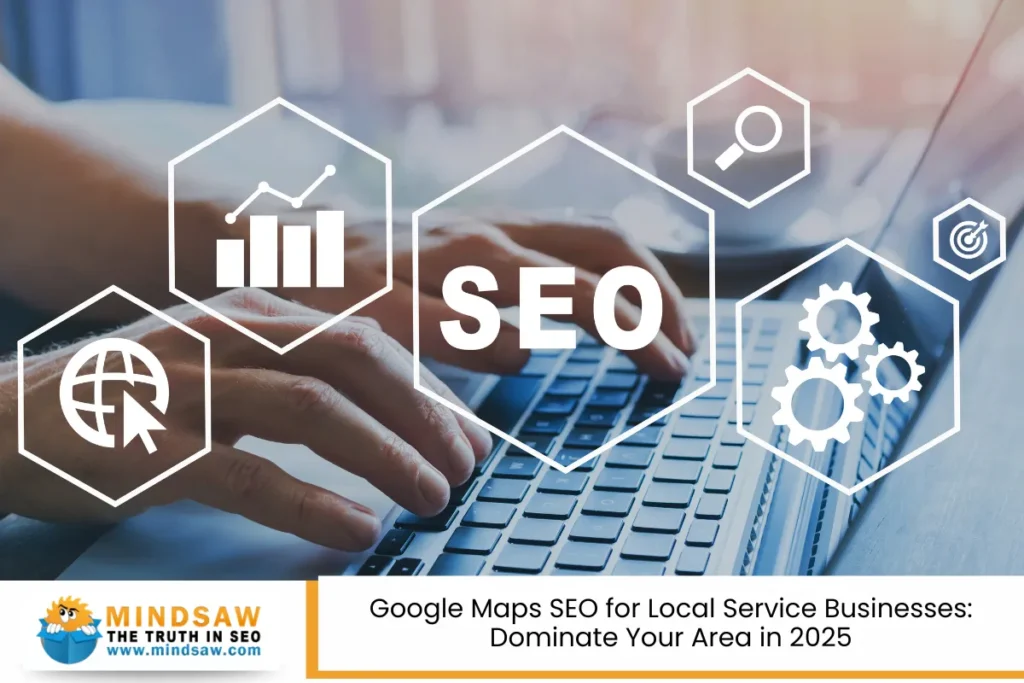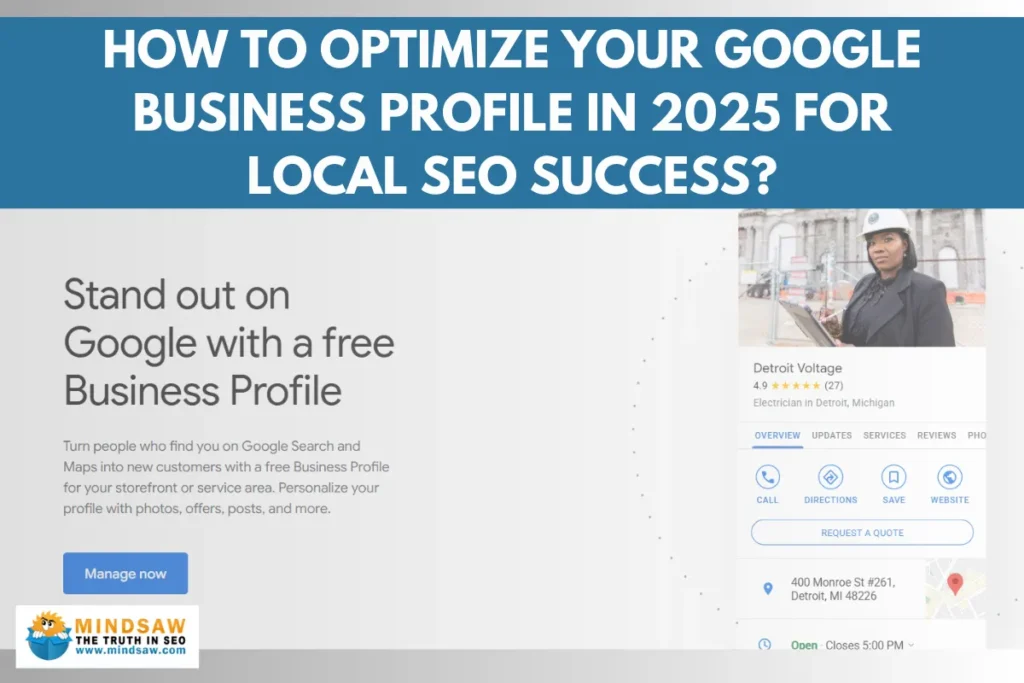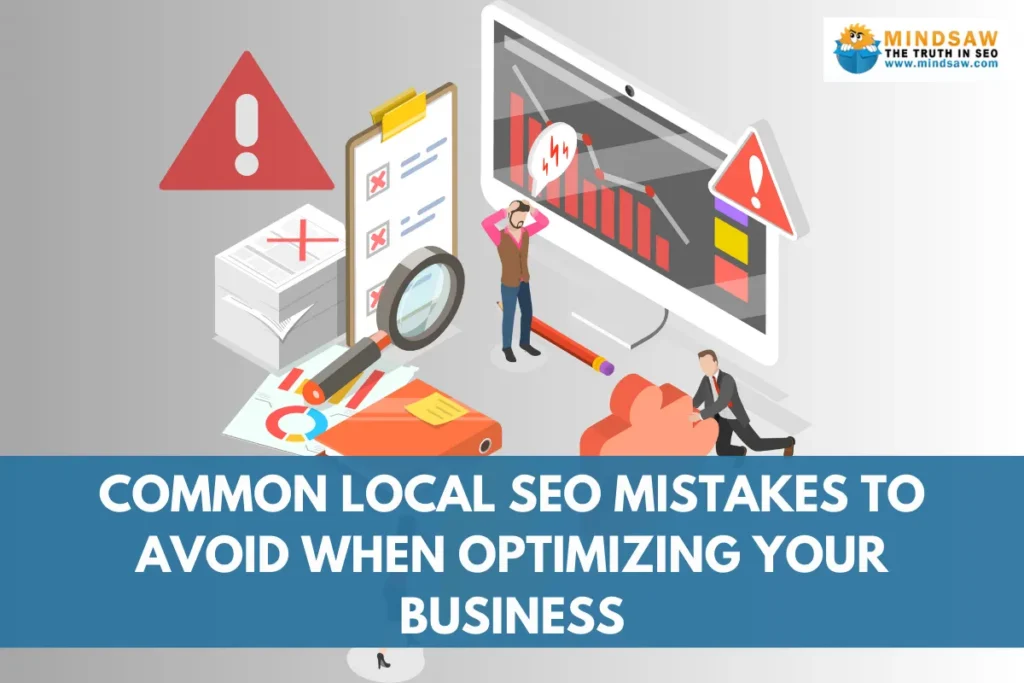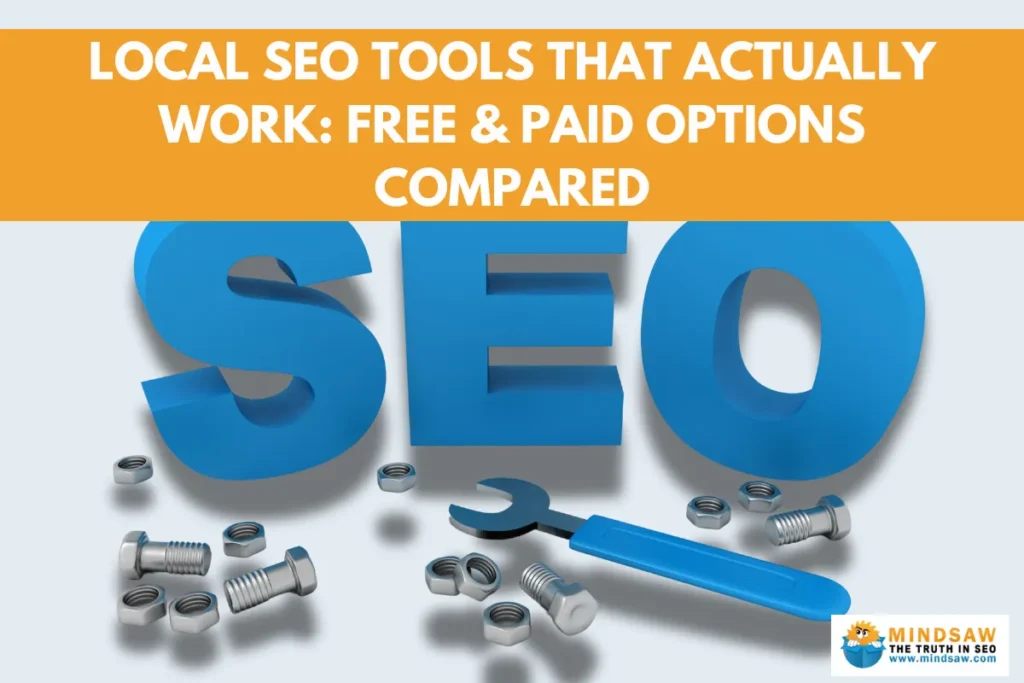If you’ve ever searched for “pizza near me” or “plumber in my city,” you’ve already experienced the power of Local SEO in action. For business owners, showing up in these types of local searches can mean more calls, more visits, and more sales. But how does Google decide which local business shows up first? That’s where understanding the top local SEO ranking factors becomes important.
In this guide, we’ll break everything down in a way that’s simple, and helpful. Whether you’re just starting your business or you’ve been open for years, these tips can help you rank higher and bring in more local customers.
1. Google Business Profile Optimization
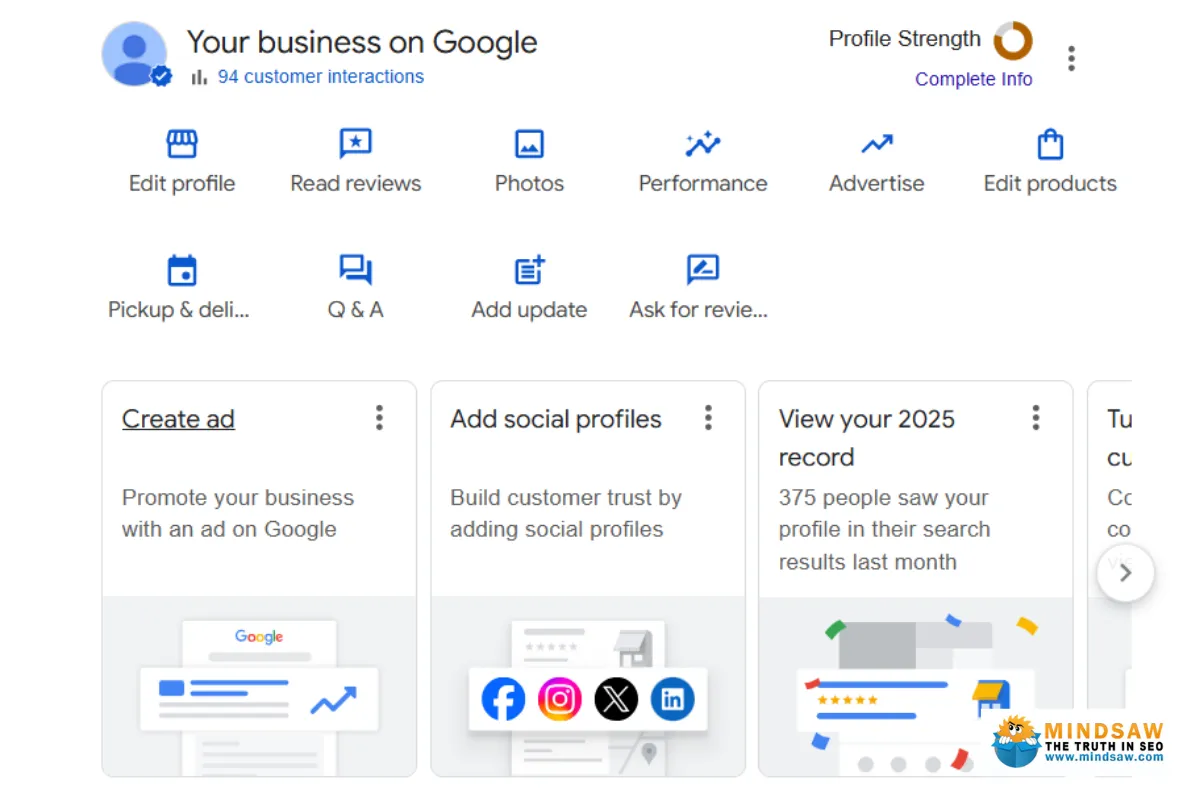
One of the biggest game-changers in Local SEO is your Google Business Profile (formerly known as Google My Business). When someone searches for a service near them, this profile is often the first thing they see.
To optimize it:
- Make sure your Name, Address, and Phone number (NAP) are accurate.
- Choose the right business categories.
- Add photos, update your business hours, and list your services.
- Keep it fresh with regular updates and posts.
This listing shows up on Google Maps and in local search results, so keeping it complete and current helps build trust with potential customers and with Google.
2. On-Page SEO Signals
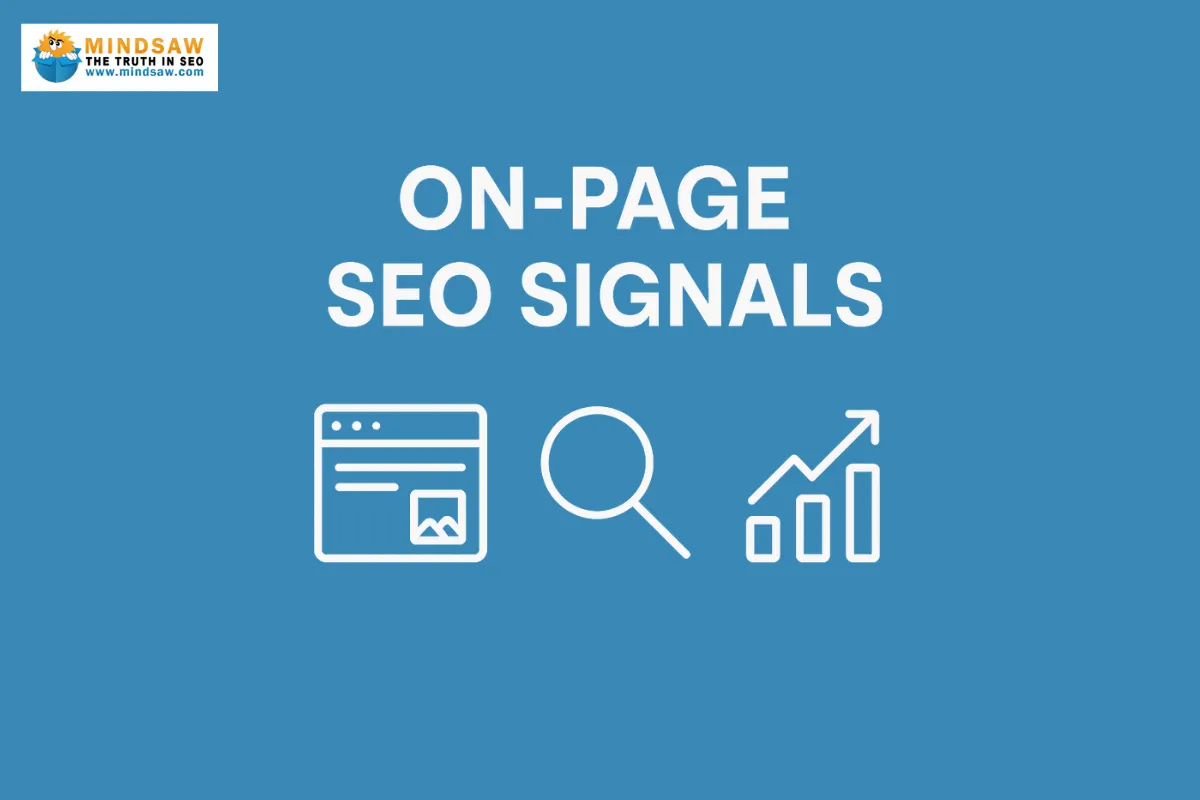
On-page SEO is all about the stuff on your website. That means your page titles, meta descriptions, headings, and body content.
Make sure your:
- Website includes your city name or service area in key spots.
- Titles and descriptions clearly explain what you do and where you are.
- Pages load fast and look great on mobile phones.
Adding local content (like blog posts about local events or guides for your town) can also help your site show up for more local searches.
3. Online Reviews and Ratings
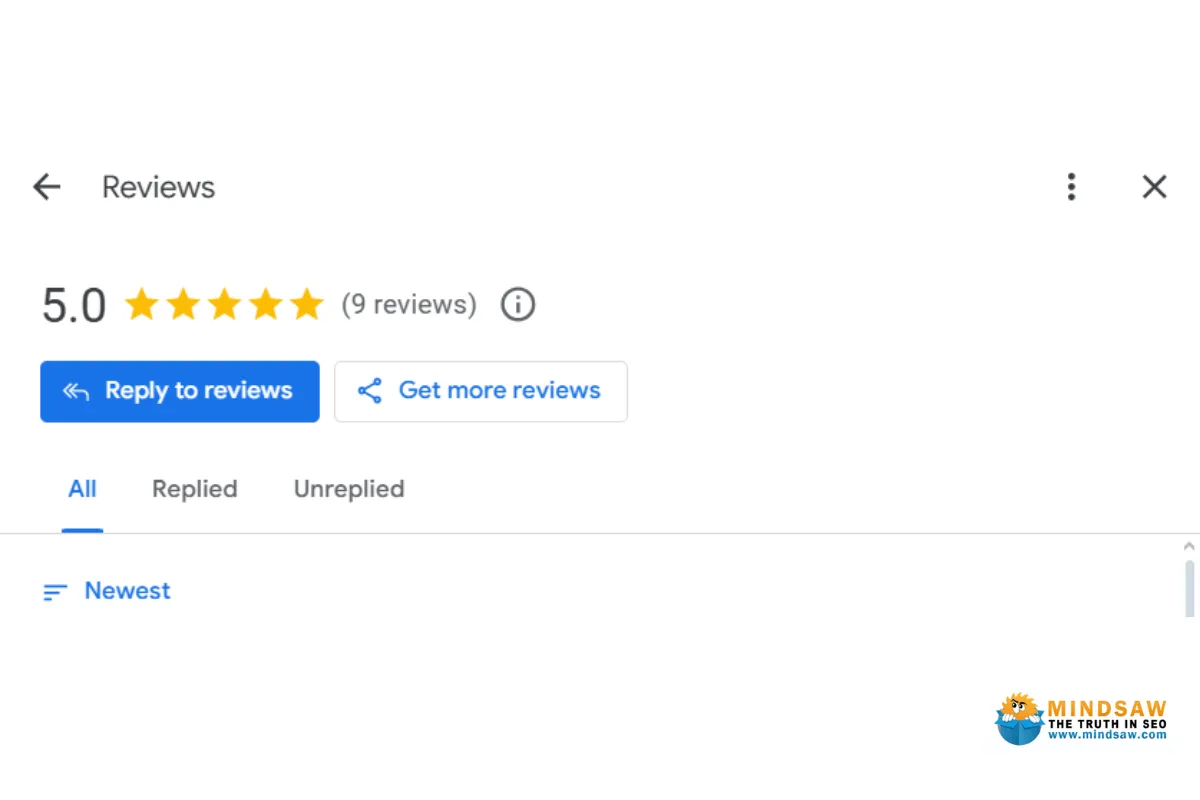
Think about the last time you looked up a business—did you read the reviews? Google does, too.
Reviews help with:
- Trust – people want to see real feedback.
- Ranking – Google values businesses with good, consistent reviews.
- Engagement – responding to reviews shows you care.
Encourage happy customers to leave a review on Google, Facebook, or Yelp. It’s a simple way to boost both your reputation and your rankings.
4. Local Citations and NAP Consistency
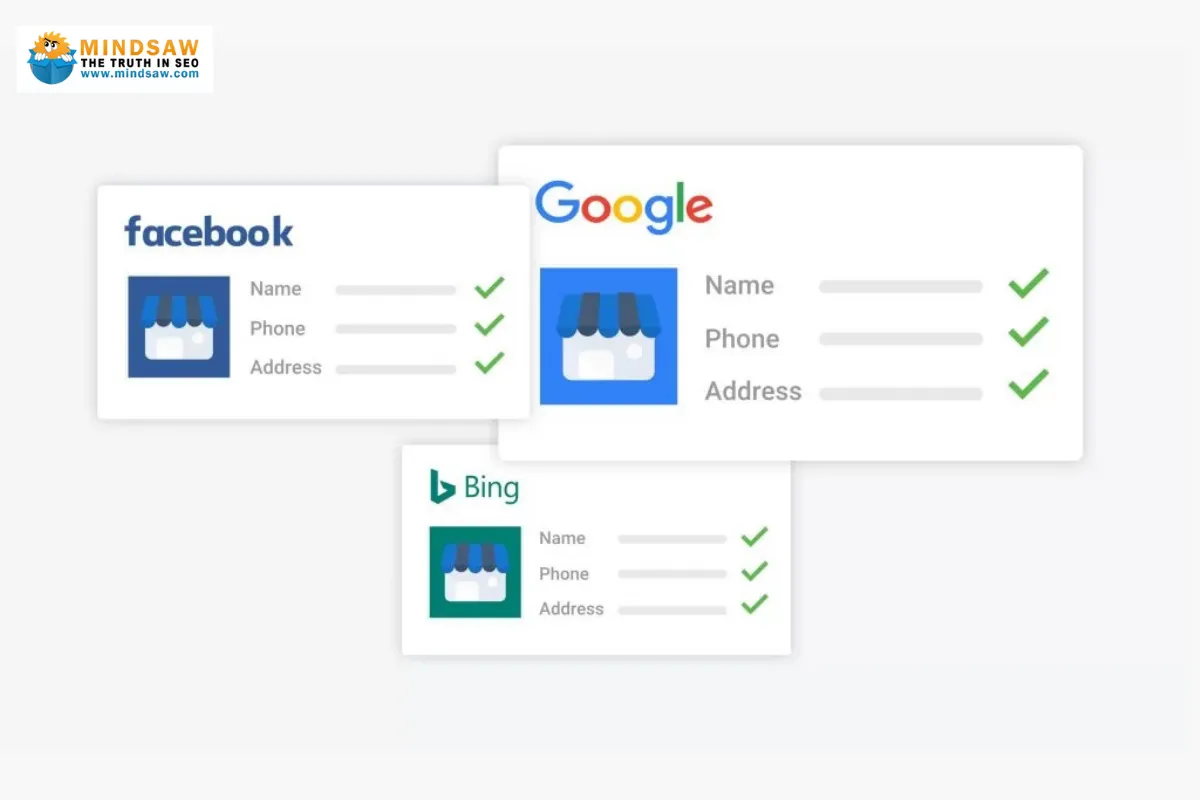
Citations are mentions of your business across the internet—like in business directories or local listing sites.
To boost your search rankings:
- Make sure your NAP is exactly the same everywhere.
- Add your business to trusted directories like Yelp, Bing Places, and Yellow Pages.
- Avoid duplicate or outdated listings.
Google checks these details, and consistency across the web helps confirm your business is real and reliable.
5. Backlink Profile and Local Link Building
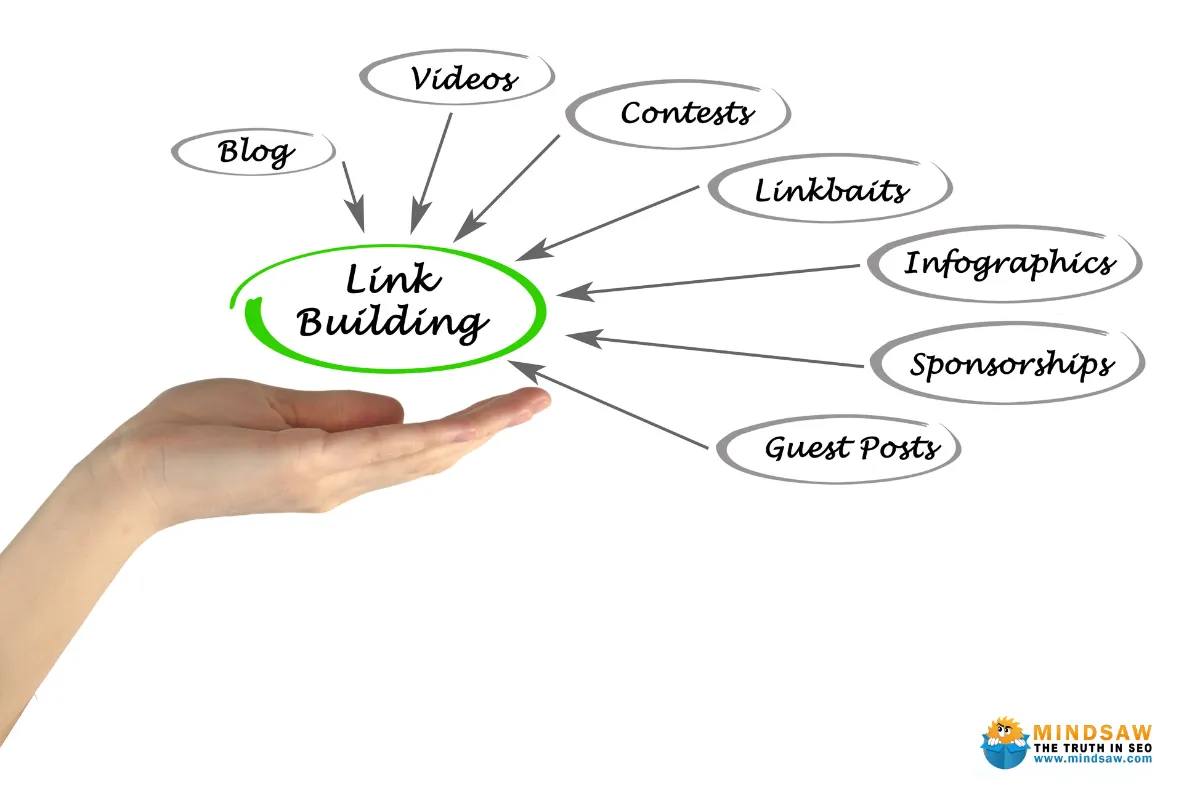
A backlink is when another website links to yours. It’s like a digital thumbs-up.
To improve local SEO:
- Get links from local news sites, local bloggers, and community websites.
- Sponsor events or charities in your area and ask for a link.
- Join local business groups or chambers of commerce.
Good backlinks from trusted, locally relevant sites help your business stand out online.
6. Behavioral Signals
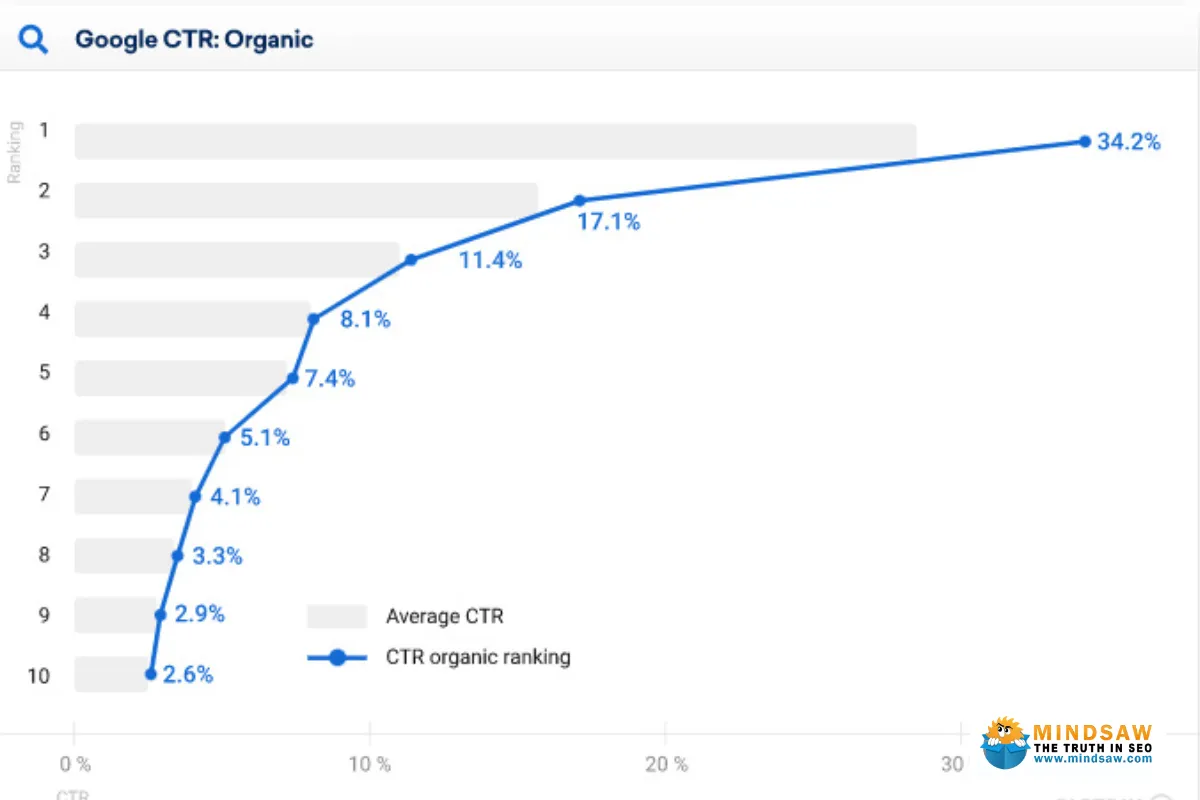
These are the actions people take when they see your listing. Do they click on your site? Do they stay and explore?
Google looks at:
- Click-through rates (how many people click your link).
- Bounce rates (do they leave right away?).
- Time on site (how long they stay).
Make your website friendly, simple to navigate, and quick to load. The better the experience, the better the signals.
7. Proximity to Searcher
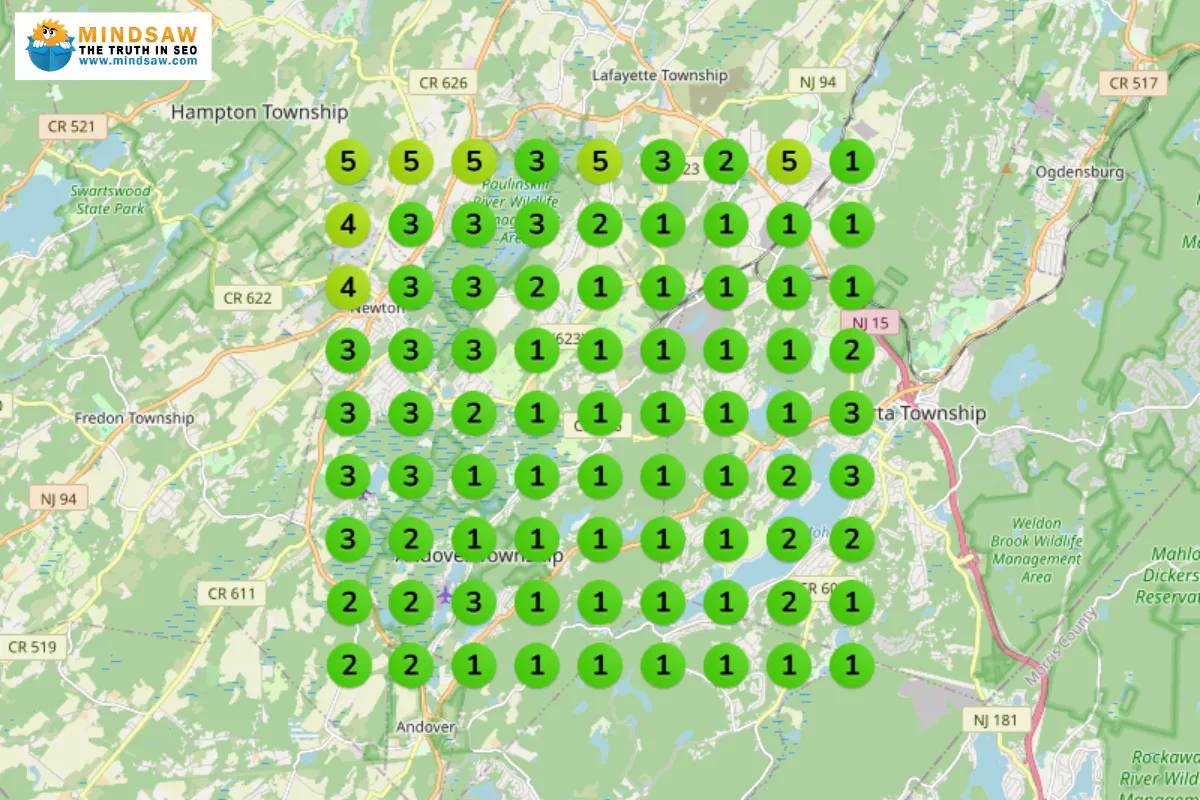
This one’s simple: how close is your business to the person doing the search?
If someone types “coffee near me,” Google uses their location and shows businesses that are nearby. While you can’t move your business to chase every searcher, you can make sure your address is listed correctly on your website and on your Google Business Profile.
This helps Google match you with people close by—whether they’re on their phone or computer.
8. Relevance and Prominence
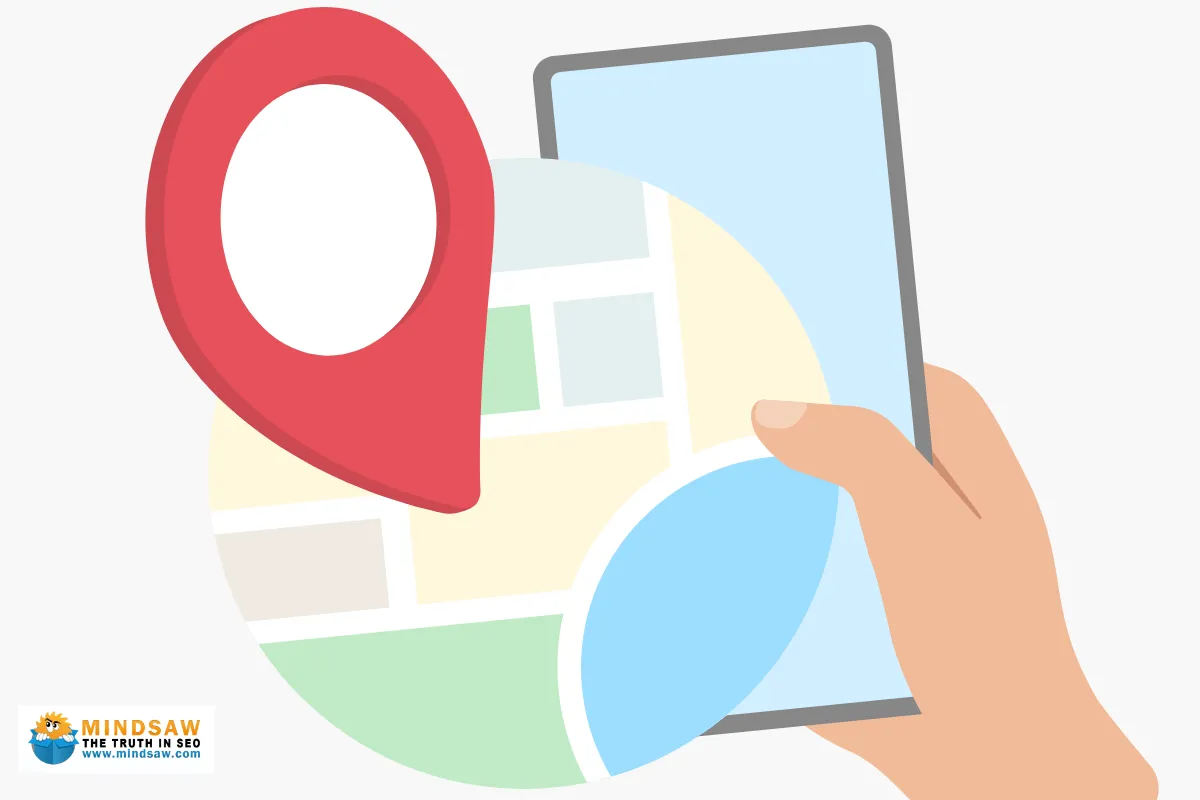
These two might sound fancy, but they’re easy to understand:
- Relevance means how well your business matches what someone is searching for.
- Prominence is how well-known or established your business seems online.
To boost both:
- Use keywords naturally in your website content, especially local ones like your city or neighborhood name.
- Add detailed descriptions to your Google Business Profile and service pages.
- Be active online—write blogs, share updates, and get mentioned by other local websites.
If people are talking about your business online, and your content matches what they’re searching for, you’ll naturally rank better.
9. Social Signals
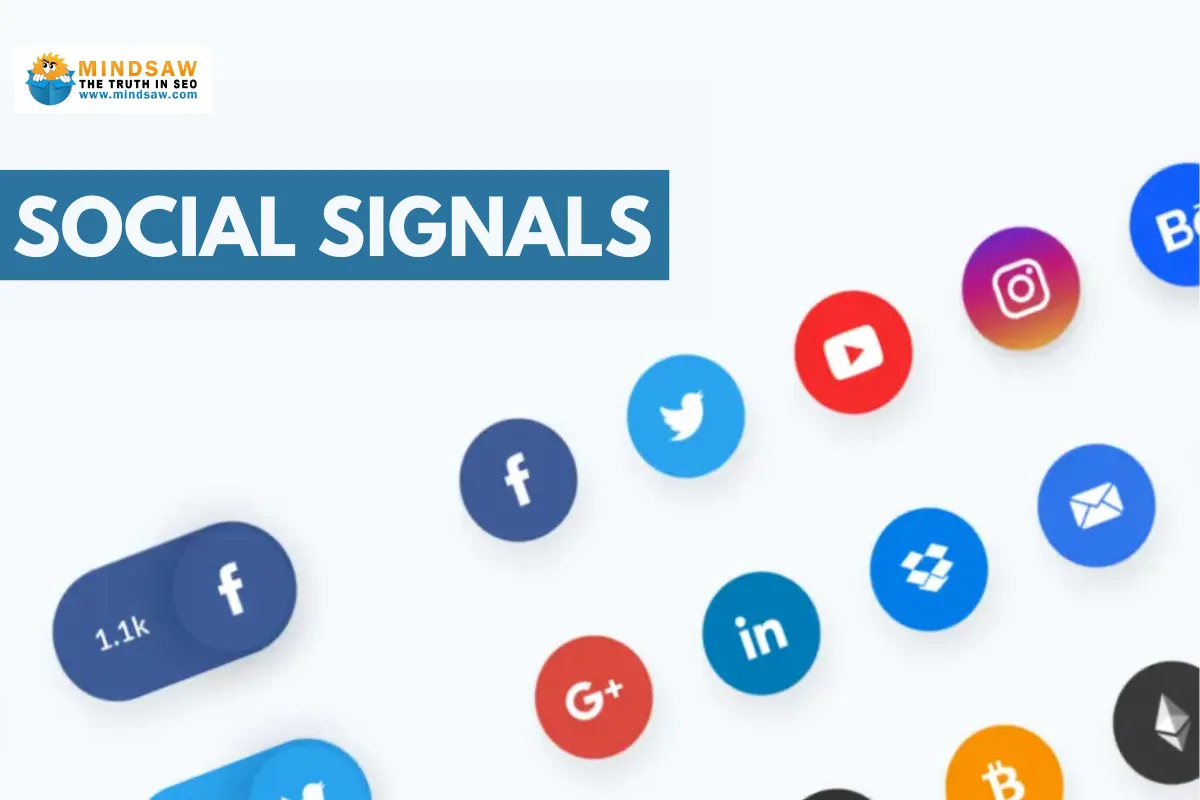
Even though social media isn’t a direct ranking factor, it still plays a big part in your Local SEO strategy.
Here’s why:
- Being active on platforms like Facebook, Instagram, and LinkedIn increases your visibility.
- Sharing updates and responding to messages builds trust.
- Links to your website from social media can drive traffic and help Google notice you.
Encourage customers to follow, like, and share your posts. The more people engage, the more it helps your online presence.
10. Structured Data Markup
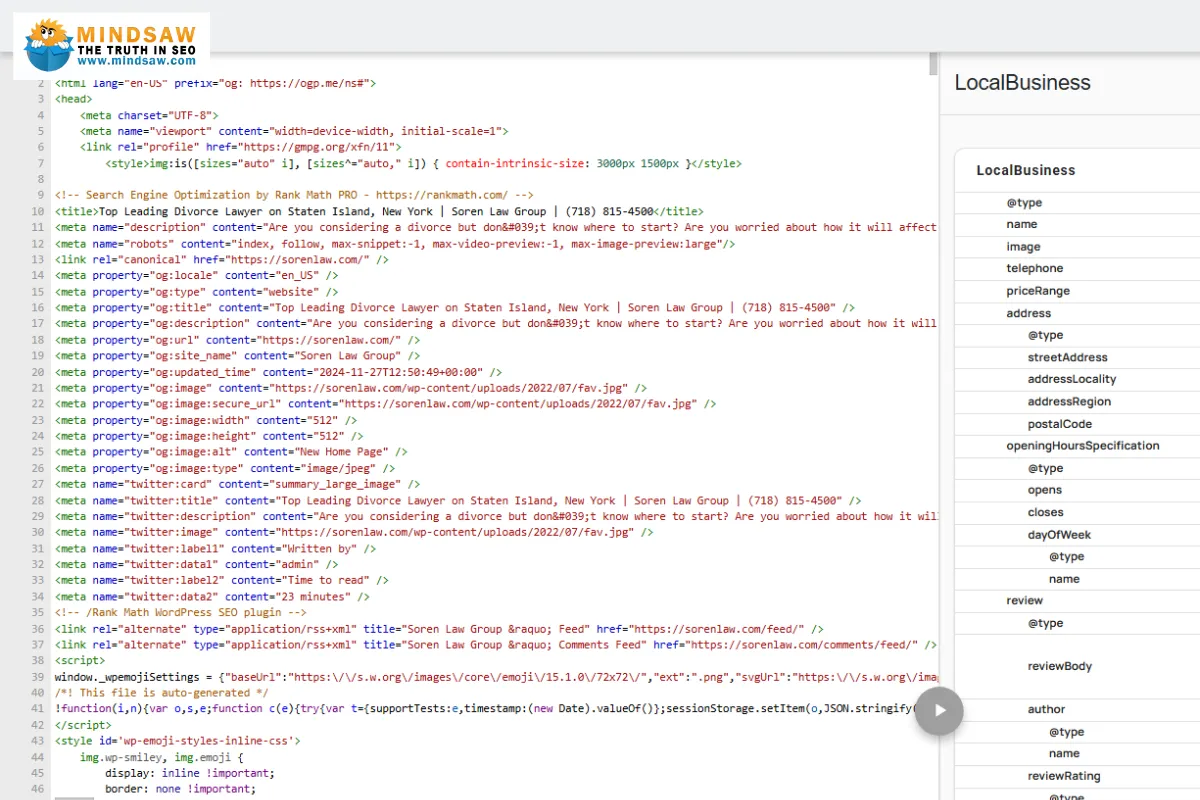
Structured data is behind-the-scenes code that helps search engines understand your website better. Think of it as a translator that tells Google, “Hey, this is our address, these are our services, and here’s when we’re open.”
Using LocalBusiness schema can:
- Help you show up with rich snippets (like stars or business hours).
- Make your search results stand out.
- Help Google match your business to relevant local searches.
You can ask your web developer to add this code, or use SEO plugins if you’re on platforms like WordPress.
Want to Be Found? Start with These Local SEO Basics

You don’t need to be a tech expert or have a big budget to start improving your local SEO. Whether you’re running a bakery, a barber shop, or an internet marketing service, these ten factors are the foundation for showing up where your local customers are searching.
Here’s a quick recap:
- Set up and polish your Google Business Profile.
- Make sure your website is easy to read and includes local terms.
- Ask happy customers for reviews—and reply to them!
- Keep your business name, address, and phone number consistent.
- Get backlinks from local websites and community organizations.
- Create a smooth, helpful experience for website visitors.
- Confirm your location so Google knows who’s nearby.
- Use local keywords and build your business’s online reputation.
- Stay active on social media and connect with your community.
- Add structured data so Google understands your site clearly.
Local SEO isn’t just about being online—it’s about being found by the right people, in the right place, at the right time.
Now’s the perfect time to take action. Start with one or two changes, then build from there. Before you know it, your business could be showing up at the top of local search results—right where it belongs.
Frequently Asked Questions
What’s the difference between Local SEO and traditional SEO?
While both Local SEO and traditional SEO aim to improve a website’s visibility in search results, Local SEO focuses specifically on helping businesses show up in local, location-based searches—like “coffee shop near me” or “plumber in Brooklyn.” Traditional SEO, on the other hand, is broader and isn’t tied to a physical location. Local SEO includes elements like your Google Business Profile, NAP citations, and customer reviews, which don’t matter as much in traditional SEO. If your business relies on foot traffic or serves a specific area, Local SEO should be your top priority.
How often should I update my Google Business Profile?
You should update your Google Business Profile regularly, at least once a month. Make sure your hours of operation are always correct—especially during holidays—and that you post fresh content, promotions, or new services. Adding recent photos, replying to reviews, and answering customer questions also shows Google that your profile is active and trustworthy. Businesses that frequently update their profile often rank higher and get more clicks from potential customers.
Do keywords in my business name affect my local SEO ranking?
Yes, but with caution. Keywords in your business name can help your ranking, especially if they match what people are searching for (like “Joe’s Brooklyn Plumbing”). However, adding keywords just to manipulate rankings (like “Joe’s Best Cheap Plumbing Service in Brooklyn NYC”) violates Google’s guidelines and can get your listing flagged or suspended. The best approach is to keep your name accurate and brand-based, and use keywords in other areas like your website and service descriptions.
Should I create separate pages for each service area or city I serve?
Absolutely. If your business serves multiple cities or neighborhoods, having location-specific landing pages helps search engines understand where your services are available. These pages should include:
- Unique content tailored to the area
- Mention of the services you offer there
- Customer testimonials or case studies from that location (if available)
Avoid copying the same content across all pages. When done right, these local landing pages can improve your visibility in multiple locations without keyword stuffing.
How can I measure if my local SEO efforts are working?
Tracking your progress is crucial. Here are some tools and metrics to keep an eye on:
- Google Business Profile Insights: See how many views, calls, direction requests, and website visits you’re getting.
- Google Analytics: Track local website traffic, bounce rate, and conversions.
- Google Search Console: Find out which local keywords are bringing users to your site.
- Rank tracking tools: Monitor your search position for local queries over time.
Also, check your online reviews, backlinks, and local citations to see improvements in online visibility and customer engagement. Over time, you should notice an increase in local traffic, calls, and in-store visits if your Local SEO strategy is working well.
Read How Do I Set Up Local SEO? A Step-by-Step Guide for Small Business Owners


